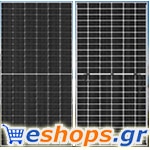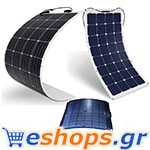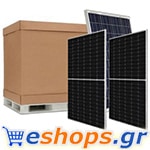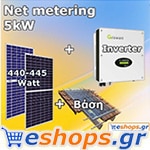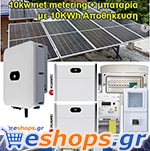Monocrystalline and polycrystalline solar panels: what you need to know
When evaluating solar panels for your photovoltaic (PV) system, you will come across two main categories of panel options: monocrystalline solar panels (mono) and polycrystalline solar panels (poly). Both types of panels produce energy from the sun, but there are some key differences to be aware of.
Monocrystalline solar panels and polycrystalline solar panels: all about solar cells - cells
Both monocrystalline and polycrystalline solar panels serve the same function in the overall solar photovoltaic system: they capture energy from the sun and convert it into electricity. Both are made of silicon, which is used for solar panels because it is an abundant, very durable element. Many solar panel manufacturers produce monocrystalline and polycrystalline panels.
Both monocrystalline and polycrystalline solar panels can be good choices for your home, but there are key differences between the two types of technology that you need to understand before making your final solar purchasing decision. The main difference between the two technologies is the type of silicon solar cell they use: monocrystalline solar panels have solar cells made of a single silicon crystal, while polycrystalline solar panels have solar cells made of several silicon fragments that melt together.
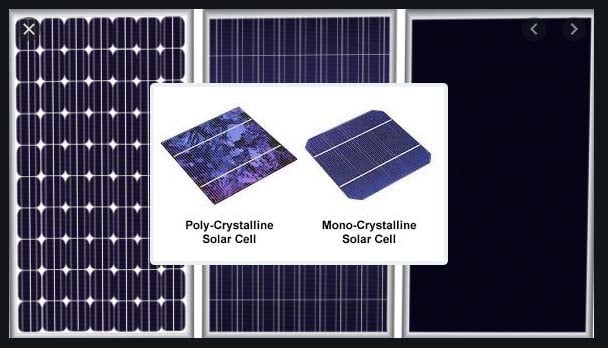
photovoltaic-polycrystalline-monocrystalline-2021-2022
Monocrystalline solar panels
Monocrystalline solar panels are generally considered to be a leading solar product. The main advantages of monocrystalline panels are the highest performance and the most elegant aesthetics.
To produce solar cells for monocrystalline solar panels, silicon is formed into rods and cut into wafers. These types of panels are called "monocrystalline" to indicate that the silicon used is monocrystalline silicon. Because the cell is made up of a single crystal, the electrons that produce a stream of electricity have more room to move. As a result, monocrystalline panels are more efficient than polycrystalline counterparts.
Polycrystalline solar panels
Polycrystalline solar panels generally have lower performance than monocrystalline options, but their advantage is lower price. In addition, polycrystalline solar panels tend to have a blue tint instead of the black tint of monocrystalline panels.
Polycrystalline solar panels are also made of silicon. However, instead of using a single silicon crystal, the manufacturers melted several pieces of silicon together to form the wafer for the panel. Polycrystalline solar panels are also referred to as "polycrystalline" or polycrystalline silicon. Because there are so many crystals in each cell, there is less freedom for the electrons to move. As a result, polycrystalline solar panels have a lower efficiency rating than monocrystalline panels.
What is solar energy?
How do monocrystalline and polycrystalline panels compare in basic measurements?
Monocrystalline solar panels Polycrystalline solar panels
Cost More expensive Less expensive
Efficiency More efficient Less efficient
Aesthetics Solar cells are a black hue Solar cells are blue hue
Longevity 25+ years 25+ years
Monocrystals vs. polycrystalline solar panels: which one is right for you?
Saving money is one of the best reasons for solar energy, and if you choose monophonic or multi-solar panels, you will reduce your electricity bills. The choice you make depends on your personal preferences, space constraints and the financing choice you choose.
Personal preferences: If the color of your solar panels is important to you, keep in mind that monocrystalline and polycrystalline solar panels tend to appear differently on your roof. The typical monocrystalline panel will tend to be darker black, while the typical polycrystalline panel will tend to be bluer. If the construction of your panels is important to you, make sure you know enough about the company that created your monaural or multi-solar panels.
Space Constraints: You should opt for higher efficiency solar panels if the size of your photovoltaic system is limited by the space available on your roof. Because of this, paying the extra cost for more efficient monocrystalline panels that can help you maximize power generation will make more sense in these scenarios. Alternatively, if you have a lot of roof space or are installing a solar panel, then lower performance polycrystalline may be a more economical option.
Solar financing: How you fund your system can also play a role in determining the type of board you choose. For example, if you choose a power purchase agreement (PPA), you pay per kilowatt hour for the electricity generated by the system. This means that, above any type of equipment you offer, your monthly payments will determine your savings. Conversely, if you buy your system, paying more for high-performance single-crystal panels can lead to higher returns on your solar investment.
What other solar cell technologies are there?
Although they constitute a significantly smaller percentage of the solar panel market (specifically household and commercial panels), there are other options for solar panels besides single crystal and polycrystalline. One technology you may have heard of is solar thin film, which includes panels made from a variety of materials that tend to be lighter and more flexible than standard silicon panels. However, thin film technology lags behind crystalline silicon technology in terms of performance and efficiency.

